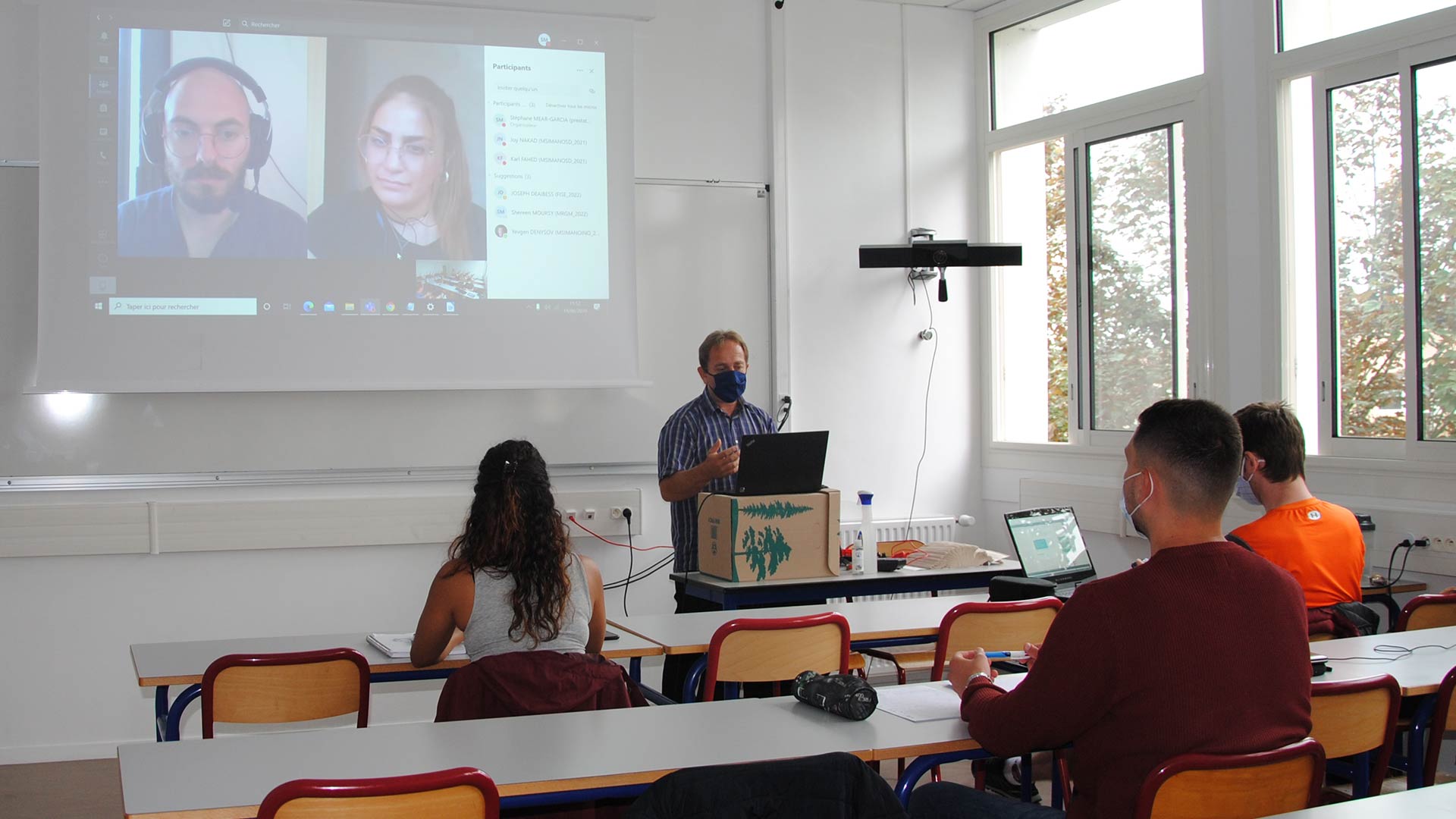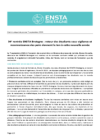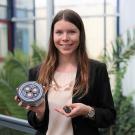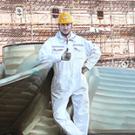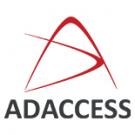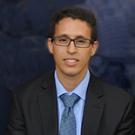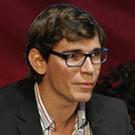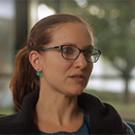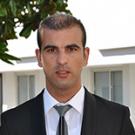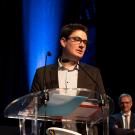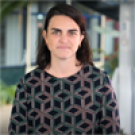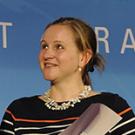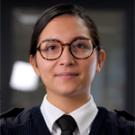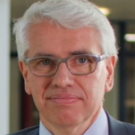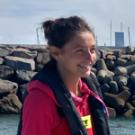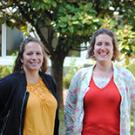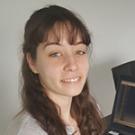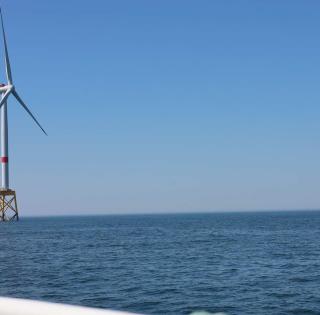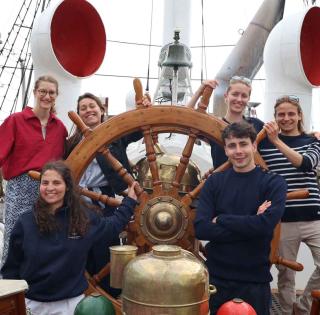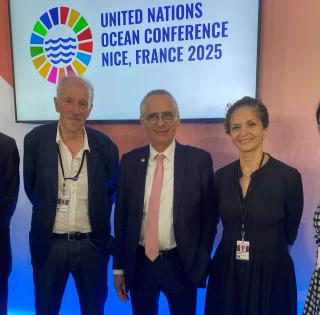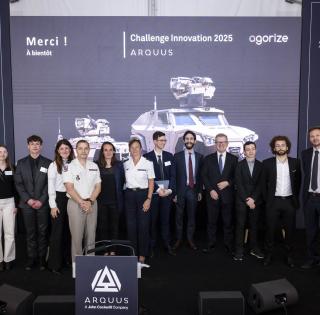
After several months of closure, ENSTA Bretagne opened its doors once again at the end of August 2020. The teaching teams and support services have prepared for the students return, keen to provide them with complete and high level training. The main objective is to guide the students towards the professional world with just as much success as for the previous years.
The application of a strict and complete health protocol
From the month of June, a health protocol was drawn up ready for the new academic year. Published and sent to all the staff and students, it already provided for the compulsory wearing of masks in the enclosed spaces of ENSTA Bretagne.
This document has been regularly updated to include official instructions and to take into account developments in the epidemic. It includes general preventative measures for the entire campus, as well as specific measures for the restaurant, the multi-media library, the students’ building etc. It takes into account, all manner of places and situations possible.
Students are involved
All the health measures have been put in place with the help of the staff and the students. A prevention ambassador has been nominated in each group of 25 students, to help implement the preventative measures and enable the school to adjust spaces, material and practices immediately if necessary. All the students have been asked to bring their own computer or to borrow one from the school to reduce the use of shared equipment.
Teaching has been adapted
One of the biggest changes for the new school year has been managing blended learning groups. Whereas most students are present on campus, some are following lessons remotely. This is the case for some international students and other students who are shielding or in quarantine. Thus, the teaching staff has to teach both the students present in the room and those present on the internet at the same time.
Moreover, one half day per week and per cohort, the students follow lessons remotely to keep the initiative operational and to temporarily reduce the amount of students on campus.
Accompanying new teaching practices
For the teachers, new ways of working mean training and adapting certain teaching methods. Following feedback from their experience during the confinement period, the teachers are now mentoring and training each other.
Teaching manuals have been drawn up to help everyone use the new tools. There have also been training workshops created based on self-training with peer help. New tools enabling better interactivity have also been made available (eg.: Wooclap).
Investment in classroom equipment and continuous improvement of activities
About fifty classrooms have been equipped with audio-visual equipment enabling remote students to talk to their teacher and follow the lesson in optimum conditions. For example, the sound bars relay the sound as if you are there. Remote students cannot only talk to their teacher but they can also communicate with all the class, so that they do not miss out on anything in the lesson (student reaction, questions…).
The information technology support team are preparing should the health situation require a return to more extensive distance learning. The investments made in virtual equipment mean that software and major calculation capabilities will be available at a distance, enabling activities to continue, including research activities.
Beyond all these changes due to the health situation, ENSTA Bretagne is continuing to develop, as demonstrated by the different projects and activities in place for the new school year, proof of the recognition of the school by its peers be they academic or industrial.
- Bruno Gruselle, directeur de l’ENSTA Bretagne depuis le 1er juillet (ancien élève de l’ENSTA Bretagne/ENSIETA), a succédé à Pascal Pinot. Ingénieur de l’Armement, ancien conseiller ministériel de Jean-Yves Le Drian, il occupait le poste de directeur adjoint de l’école depuis 3 ans.
- Eric Jaeger, directeur adjoint depuis le 1er septembre (ancien élève de l’ENSTA Bretagne/ENSIETA, docteur en informatique). Ingénieur de l’armement, précédemment responsable du pôle SSI (sécurité des systèmes d’information) de la DGA, après avoir exercé en cybersécurité et technologies numériques au ministère des armées, à l’ANSSI et à l’OTAN.
Les parcours d’excellence originaux comme la pyrotechnie, la robotique autonome, l’hydrographie et l’architecture navale intéressent les élèves de l’École polytechnique qui peuvent suivre ces enseignements, à la demande, avec nos élèves de 3e année. L’école est propulsée dans le cercle restreint des écoles d’application de l’X dès cette rentrée, en apparaissant dans l’offre de formation « de 4e année » de l’X.
Les recherches en sciences mécaniques sont aussi mises à l’honneur : après l’inauguration en mai de l’extension du département par la ministre des Armées, la chaire industrielle « Self-heating » (mesure de la signature thermique des matériaux) portée par l’ENSTA Bretagne (laboratoire IRDL) et co-financée par Safran et Naval Group, a reçu l’approbation et le financement de l’ANR (budget total 2,05 millions d’euros).
Une nouvelle formation collégiale sera inaugurée fin septembre. Elle porte sur la cybersécurité des systèmes maritimes et portuaires, portée par 4 grandes écoles : IMT Atlantique, École navale, ENSTA Bretagne et ENSM.
Les personnels sont au nombre de 232.






